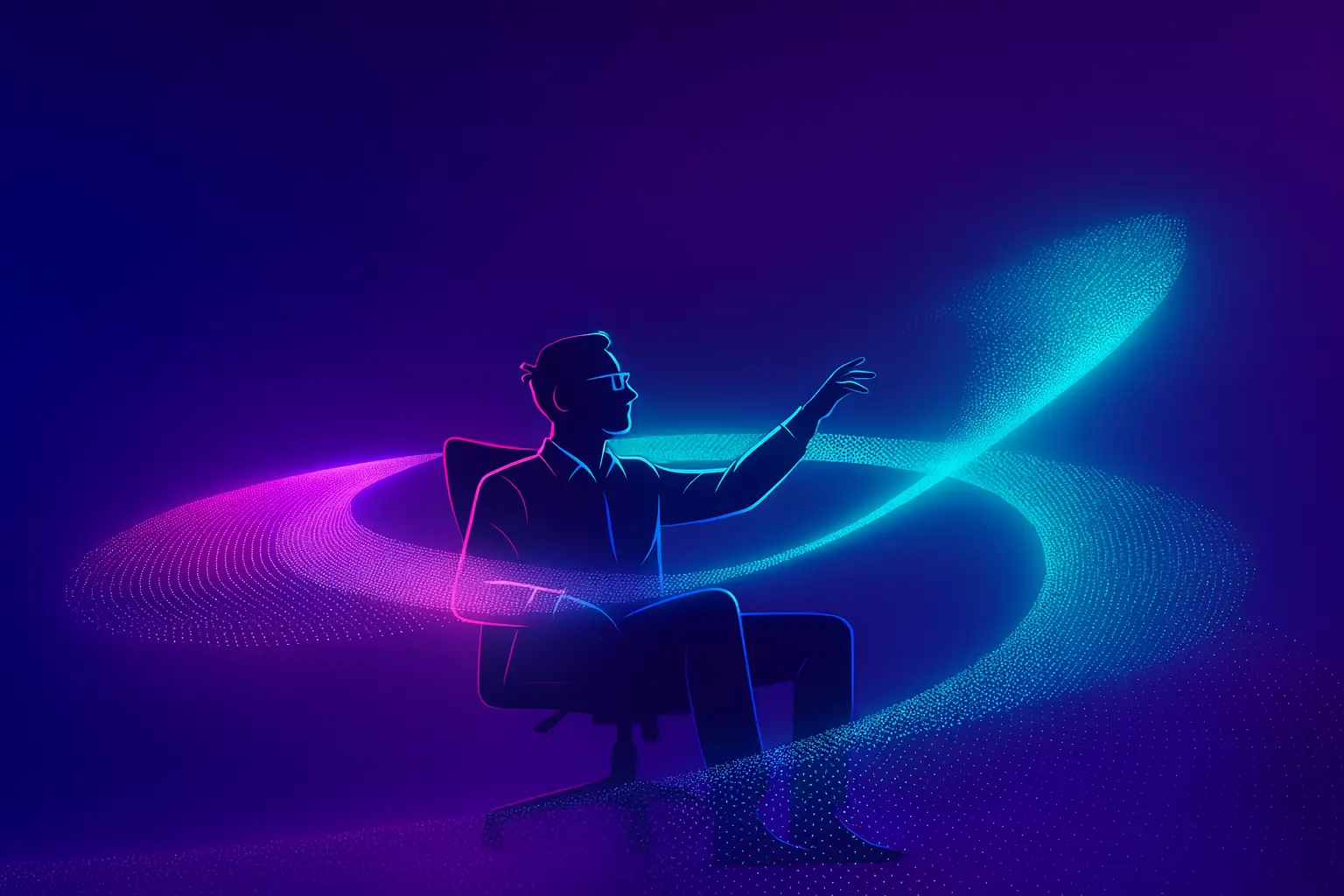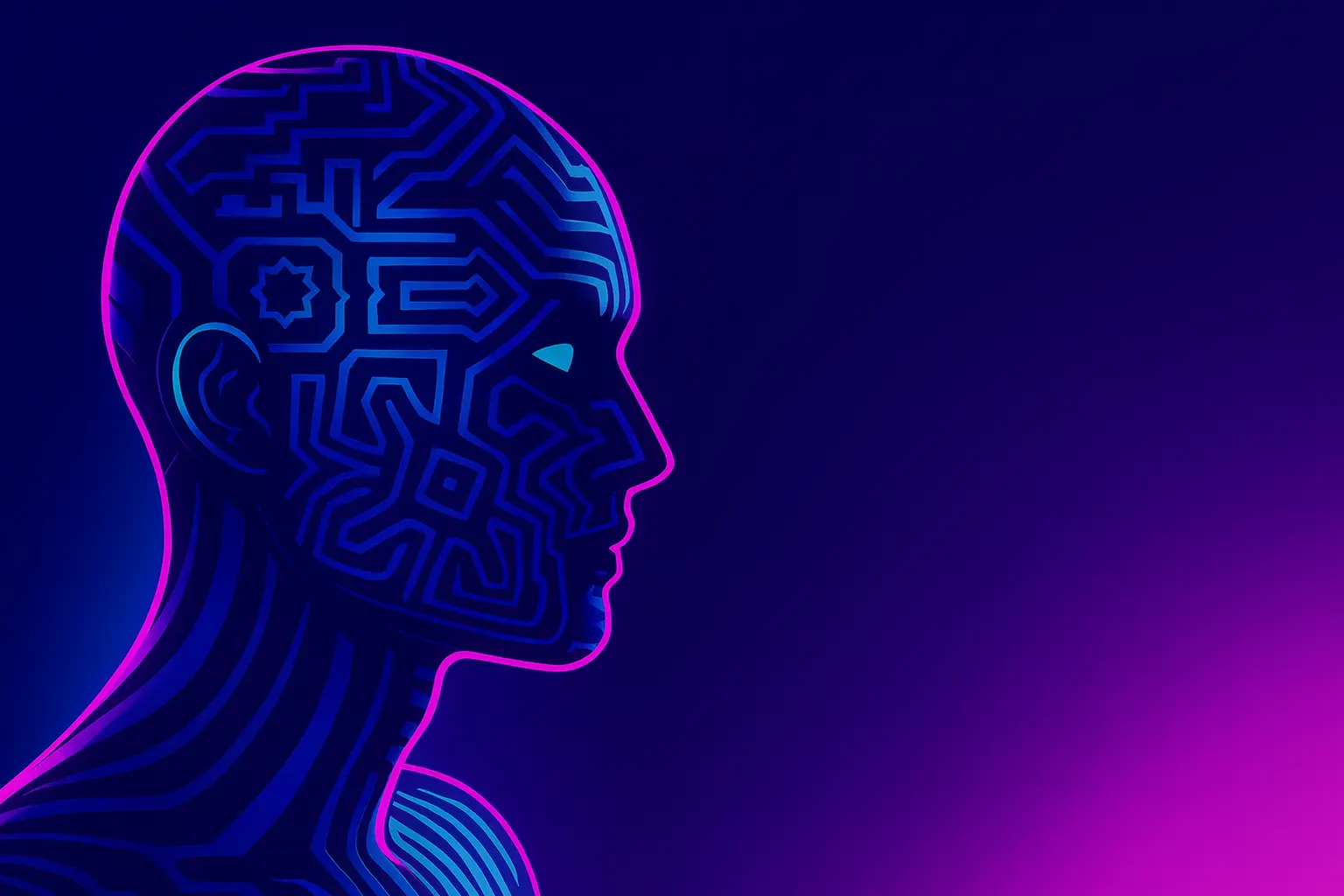The Evolution of Custom GPT and ChatGPT: A Deep Dive into the History and Development of Language Models
15.07.2023 | 6 min read

In the fast-paced AI world, OpenAI's Generative Pre-trained Transformers (GPT) have been crucial in improving how machines understand and create human-like language.
From the original GPT-1 in June 2018 to the advanced GPT-4 in 2023, each version has significantly improved AI's ability to interact using natural language. This progress has led to custom GPT solutions tailored for specific needs in various industries.
Key figures like Sam Altman and Ilya Sutskever have played essential roles at OpenAI, pushing AI technology forward in innovative and ethical ways.
GPT-1: Unveiling the Generative Pre-trained Transformer's Dawn
The introduction of GPT-1 represented a significant breakthrough in LLMs, offering a glimpse into the future of natural language processing.
This model was not just a technical achievement; it was a vision of what AI could become.
The Launch of GPT-1 and the Advent of Large Language Models
The journey began with GPT-1, a large-scale language model that introduced the world to the potential of transformer-based models in understanding natural language.
As the first iteration, GPT-1 laid the groundwork for natural language processing (NLP), demonstrating the model's ability to generate text based on a given prompt.
However, its limited dataset and the nascent stage of development highlighted the need for a new GPT version.
GPT-2: Expanding the Horizon with Advanced Language Models
In November 2019, OpenAI introduced GPT-2, a large language model with 1.5 billion parameters, significantly enhancing the text generation capabilities of its predecessor.
GPT-2's advancements in natural language understanding and its ability to generate coherent, contextually relevant text across various domains showcased the potential of GPTs in AI-powered applications.
Yet, the ethical considerations and potential misuse of such powerful technology led OpenAI to adopt a cautious approach to its release.
GPT-3: The Quantum Leap in AI's Language Understanding
With the arrival of GPT-3, ChatGPT took a significant leap forward.
This segment delves into how GPT-3's advanced language understanding capabilities have been instrumental in enhancing conversational AI, making chatbots more intuitive and human-like.
GPT-3: Pioneering Advancements in Conversational AI
June 2020 marked the arrival of GPT-3, a foundational large language model with a staggering 175 billion parameters.
GPT-3's profound advancements in natural language understanding and generation capabilities set new benchmarks in the field of AI.
Its versatility enabled a wide range of applications, from conversational chatbots to content creation, making GPT-3 a pivotal model in the history and development of GPT.
The Art and Science of Fine-Tuning GPT Models
Fine-tuning LLM has become an art and science, requiring a deep understanding of both the technology and the specific application domain.
This process is critical for adapting GPT's broad capabilities to specific tasks and industries.
Prompt Engineering: Crafting the Perfect Query
Fine-tuning and prompt engineering have emerged as crucial techniques in optimizing GPT models for specific tasks.
This part examines the process of fine-tuning GPT models, including GPT-3 and GPT-4, and the intricacies of prompt engineering to achieve desired outcomes.
GPT-4: Charting the Future of AI in 2023
As we stand on the brink of new discoveries, GPT-4 represents not just the future of AI but also a reflection of how far we've come. Its capabilities hint at a future where AI can understand and generate language with unprecedented accuracy and nuance.
The Apex of AI Innovation with GPT-4
The latest iteration, GPT-4, launched in 2023, represents the pinnacle of AI development to date.
With undisclosed parameters, GPT-4 advances the field of AI with unparalleled language understanding, generation capabilities, and reduced biases, making it accessible to a broader audience.
GPT-4's introduction underscores OpenAI's commitment to advancing the field of AI while addressing the challenges of every previous version of GPT.
The Emergence of Custom GPT Solutions
The emergence of custom GPT solutions marks a pivotal advancement in the field of artificial intelligence, particularly in the realm of natural language processing and generation.
These solutions, built on the foundation of pre-training and unsupervised learning, have unlocked new potentials in language generation, allowing for more nuanced and contextually relevant outputs.
By leveraging the vast capabilities of models developed by OpenAI, custom GPT solutions can be fine-tuned to cater to a wide array of applications, from enhancing conversational AI to generating creative content. This fine-tuning process, often referred to as prompt engineering, enables developers to mitigate challenges associated with generic models, ensuring that GPT can be used in more targeted and effective ways.
As a result, these custom solutions not only exemplify the advancements in AI but also demonstrate the versatility of GPTs in addressing specific needs across various domains.
The evolution from GPT-1 to the sophisticated GPT-4 in 2023 has been instrumental in this journey, showcasing a continuous effort to improve and adapt AI technologies for broader, more impactful applications.
The Impact of GPT and ChatGPT Across Domains
The impact of GPT and ChatGPT across various domains is a testament to the transformative power of AI in our modern world.
As a language model trained on vast amounts of data, GPT has set a new standard for what machines can achieve in understanding and generating human-like text. This capability has been instrumental in revolutionizing fields beyond the tech industry, extending its influence to retail, fintech, education, healthcare, and more.
In education, the integration of ChatGPT into learning platforms has enabled personalized learning experiences, allowing students to interact directly with the AI model for tutoring, question-answering, and language learning. This direct interaction fosters a more engaging and responsive educational environment, where students can receive immediate feedback and explanations tailored to their individual learning pace and style.
Healthcare has also seen significant benefits from the integration of GPT and ChatGPT. Medical professionals and researchers can now leverage these AI models to sift through medical literature, patient records, and research data more efficiently. This capability aids in diagnosis, treatment planning, and staying up-to-date with the latest medical advancements, ultimately improving patient care.
In the realm of software engineering, GPT has revolutionized how developers write code. By understanding programming languages as it does natural language, GPT can assist in generating code snippets, debugging, and even writing entire programs based on specifications provided by the developer. This not only speeds up the development process but also allows engineers to focus on more complex and creative aspects of software design.
Moreover, the ability of GPT and ChatGPT to generate human-like text has opened up new avenues in content creation across industries. Marketing teams, writers, and content creators can integrate ChatGPT to generate articles, reports, marketing copy, and more, significantly reducing the time and effort required to produce high-quality content.
The impact of these AI models is profound, offering tools that mitigate traditional challenges and streamline processes across domains.
By harnessing the power of GPT and ChatGPT, industries can not only enhance efficiency and productivity but also unlock new possibilities for innovation and growth.
As these models continue to evolve and improve, their potential to transform our interaction with information and technology grows ever more promising.
Fine-Tuning GPTs: Tailoring AI to Industry Needs
The evolution from GPT-1 to GPT-4 has not only been about increasing the scale and capabilities of these models but also about enhancing their applicability across a range of industries.
Custom GPT solutions, fine-tuned for specific use cases, have emerged as a powerful tool for developers and businesses.
Companies like 10Clouds have been at the forefront of leveraging these advancements, creating custom versions of ChatGPT and other GPT models to meet unique business requirements.
Looking Ahead: The Future of Custom GPT Development and API Integration
As we look toward the future, the potential for custom GPT solutions continues to expand. The ongoing advancements in AI, spearheaded by OpenAI and other key players in the field, promise to deliver even more sophisticated models. The focus on developing transformer-based models, improving natural language understanding, and creating more accessible APIs for developers will further transform how businesses leverage AI.
Conclusion: Reflecting on the Advancement and Impact of GPT and ChatGPT
The journey of ChatGPT has been a remarkable testament to the evolution of artificial intelligence and its impact on natural language processing.
Custom GPT development stands at the forefront of this transformation, offering tailored solutions that drive innovation, efficiency, and sustainability.
As we embrace the future, the possibilities for leveraging GPT technology in new and exciting ways are limitless.



